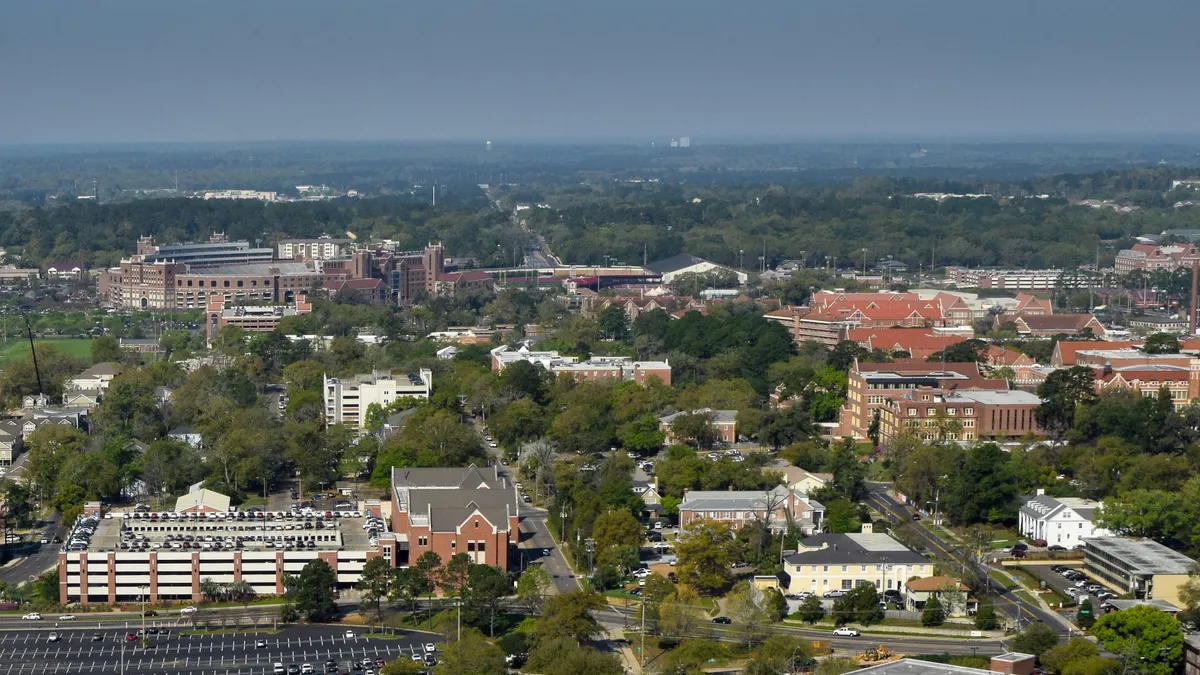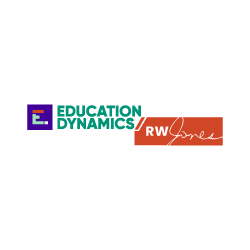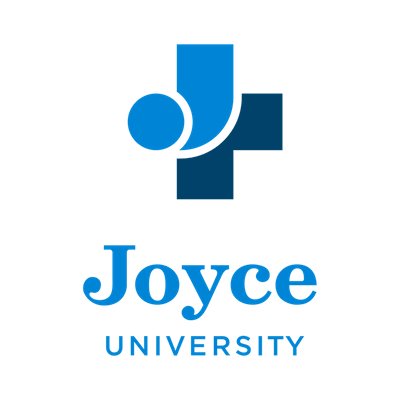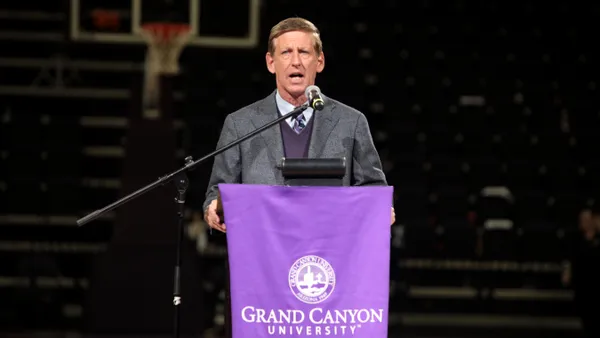Dive Brief:
- The share of student loan borrowers who fully repay their undergraduate debt under income-driven repayment, or IDR, plans would rise from 55% to 60% under a recent regulatory proposal from the U.S. Department of Education, according to a report this week from the Urban Institute.
- The proposed rule, known as gainful employment, would pull federal financial aid from for-profit colleges and certificate programs whose graduates don’t earn enough to repay their student loans. The researchers say it could also lower the IDR program's loan forgiveness costs by cutting off federal funds from poor-performing institutions
- Across all undergraduate programs, the portion of student loans typical borrowers are expected to pay back under IDR plans would increase from 85% to 92% once programs failing the gainful employment proposal are excluded, the researchers found.
Dive Insight:
IDR plans allow borrowers to pay back their loans based on their discretionary income and forgive their remaining balances after a certain period of time. The Education Department finalized new IDR regulations earlier in July.
They drop the required payment from 10% of borrowers’ discretionary income to 5%, and they raise the income cap for borrowers who don’t have to make monthly payments. The plan will be fully available to borrowers next July.
The Education Department is still reviewing public comments on gainful employment, and that rule could be finalized as early as this year.
The combination of the two policies is meant to limit programs that leave students with unmanageable amounts of debt while still offering a way out for borrowers who get in over their heads.
Researchers calculated borrowers' median debt and graduates' median earnings at undergraduate programs using College Scorecard data. Using this information, they estimated the average amount of debt students would repay under IDR.
The most dramatic changes would be seen in associate degree programs at for-profit colleges.
The share of IDR borrowers expected to fully repay their loans would increase from 50% to 70%. Associate degree programs at public and private nonprofit institutions — exempt from gainful employment — would see complete repayment rates remain at roughly 35%.
Complete IDR loan repayment at for-profit bachelor's degree programs would also rise, from 43% to 55%, according to the report.
But the gainful employment proposal is limited by its exemption of nonprofit colleges, many of which leave borrowers with earnings too low to fully repay their loans under IDR, the researchers said.
Moreover, a majority of the programs that meet the gainful employment's requirements would still leave borrowers with insufficient earnings to fully repay IDR loans, the report said. That’s because the gainful employment proposal has lower affordability standards than those used by the new IDR rule.
Certificate program students at for-profit institutions would experience this disconnect the most.
Gainful employment would up the number of such borrowers who fully repay their IDR loans from 14% to 31%. But the average student enrolled in this kind of program would repay just 63% of their loan.
While that's a dramatic increase from the current rate of 29%, it demonstrates that the two policies are out of sync.
"This is not to say the thresholds within the two policies should be perfectly aligned," the researchers wrote. "Requiring higher payments in IDR could compromise the valuable safety net IDR can provide to borrowers who may need it, even if they graduate from high quality programs."














